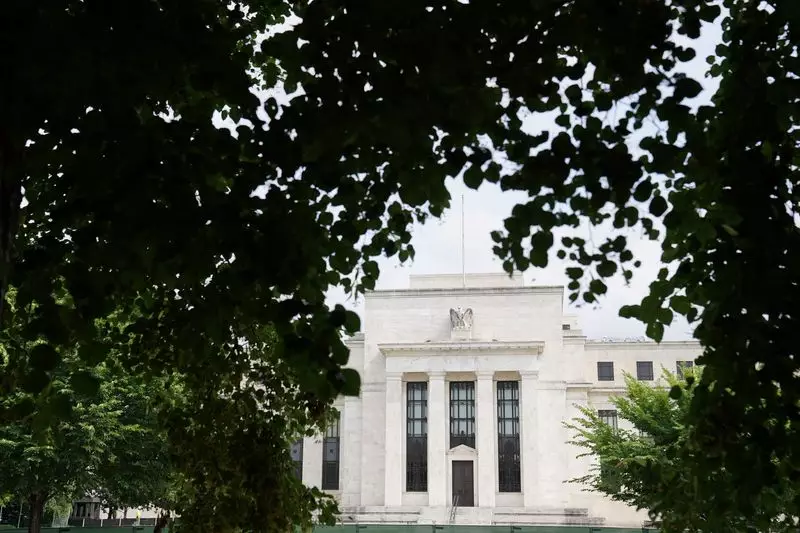The prediction that the Federal Reserve is likely to cut rates twice within the year starting in September has created a great deal of uncertainty in the market. Analysts at Evercore ISI have put forth two scenarios – one where there are two rate cuts and the other where there are none. This conflicting analysis shows just how volatile the situation is and how difficult it is to accurately predict the Fed’s next move.
The two-rate cut camp believes in Fed chairman Jerome Powell’s dovish thesis that monetary policy is currently restrictive. They argue that recent upside surprises in inflation are merely temporary and that inflation will eventually slow down, paving the way for rate cuts in September and December. However, this prediction is highly dependent on inflation data showing a significant slowdown by September. If this data does not improve, then the likelihood of any rate cuts this year diminishes significantly.
The key factor driving the Fed’s decision on interest rates is inflation data. If year-on-year core PCE inflation remains high and shows no signs of decreasing, the Fed is unlikely to cut rates until March of next year. This data-driven approach highlights the importance of economic indicators in shaping monetary policy decisions. It also emphasizes the Fed’s commitment to maintaining price stability and achieving its 2% inflation target.
For the Fed to cut rates sooner than September, a series of positive economic indicators need to align. April PPI and CPI data must show a significant decrease in inflation, followed by similarly good reports in May. This suggests that the Fed’s decision-making process is highly contingent on short-term economic trends and data, making it difficult to accurately predict future rate cuts.
The prediction of Federal Reserve interest rate cuts is subject to a high degree of uncertainty and conflicting analyses. The market consensus continues to be divided on whether rate cuts will occur this year, with inflation data playing a crucial role in shaping the Fed’s decision. The intricate relationship between economic indicators and monetary policy highlights the complex nature of forecasting interest rate movements. Investors and market participants must closely monitor inflation data and economic trends to gain insight into the future actions of the Federal Reserve.

